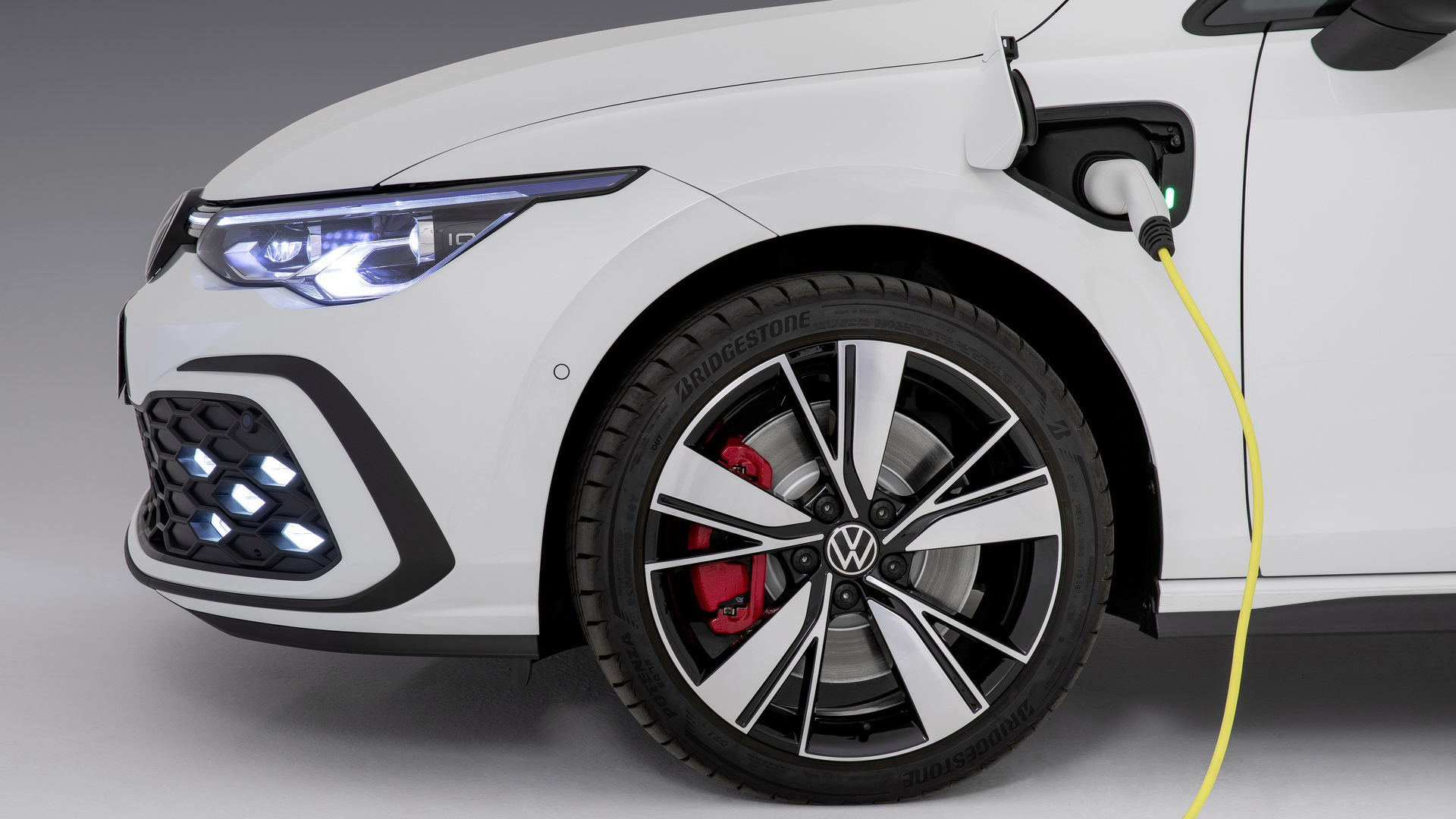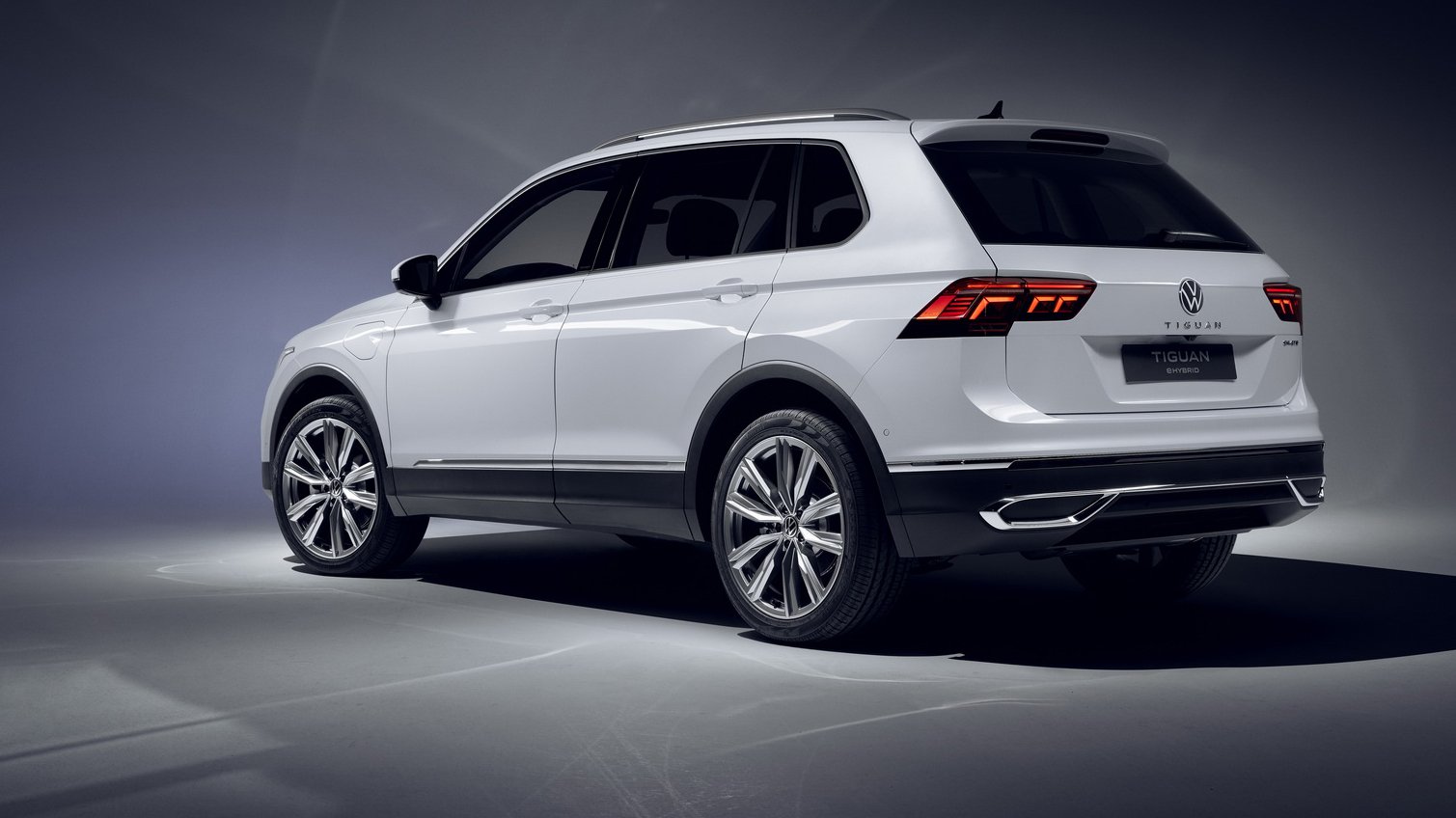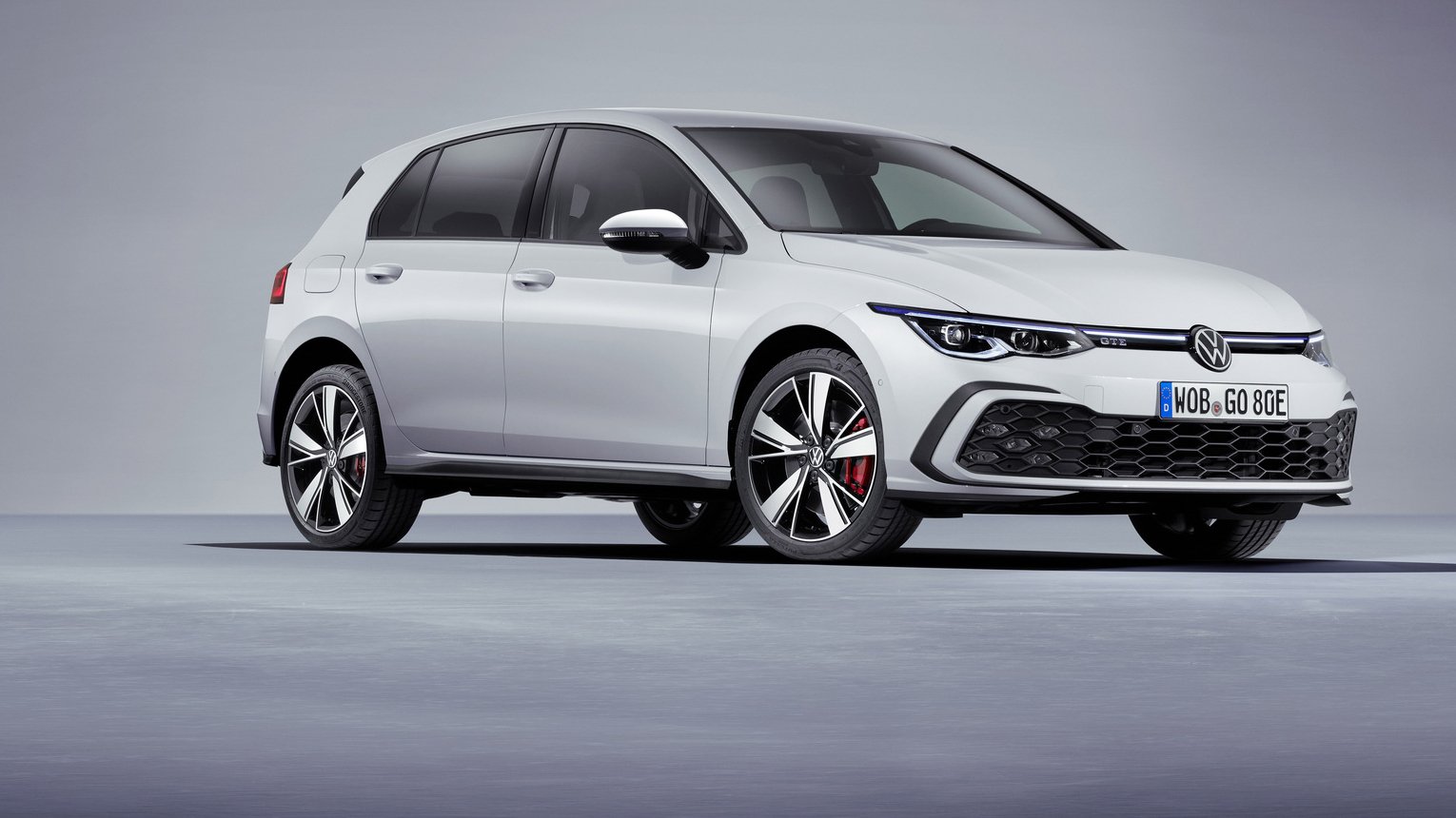
UPDATE: Volkswagen has revealed when plug-in hybrid versions of the Golf and Tiguan will arrive in Australia – and it could be within 12 months.
Speaking to Wheels, VW Australia’s head of passenger vehicles, Michal Szaniecki, confirmed the plan is to introduce both plug-in models from around October 2023.
That timing could change, however, if VW opts to wait for updated versions of both models that will offer larger batteries and longer electric-only driving ranges that could possibly stretch up to 100 kilometres.
The Mk8 Golf hatchback range is due for a mid-life update next year, while an all-new, third-generation Tiguan is expected to be revealed in 2024.
“They are coming,” said Szaniecki when asked about Aussie timing for the Golf and Tiguan plug-ins. “We’re just making a decision on bringing even better cars to Australia. We’re just balancing these options whether to wait just a little bit longer to make sure we’re providing cars with a larger driving range for Australia – which is a perfect market for long range. Therefore we might bring a better car for Tiguan and Golf.
“Timeline? 12 [months] from today.”
Volkswagen currently doesn’t sell any hybrid, plug-in hybrid or fully-electric cars in Australia, but there are a host of electrified models headed our way.
The ID.3, ID.4 and ID.5 are all destined to arrive before the end of 2023 and the ID. Buzz van – an electric descendent of the iconic Kombi – is also a possibility.
The story to here
September 1: Golf and Tiguan PHEVs confirmed for Oz
Volkswagen Australia has targeted plug-in hybrid (PHEV) versions of the Golf hatchback and Tiguan midsized SUV to help fill the gap between its petrol/diesel vehicles and upcoming electric cars.
The German brand is stepping up its efforts around electrified vehicles having previously resisted bringing its most advanced drivetrains to Australia. It had criticised the former government’s lack of strategy regarding local fuel standards and EVs but has renewed faith in progress being made by Labor.
The VW Golf GTE and VW Tiguan eHybrid models would provide an option for buyers not ready or able to commit to a fully electric vehicle, such as the ID.4 and ID.5 SUVs the company is hoping to import from 2023 onwards.

“Our electrification strategy aims to incorporate both EV and PHEV – with the fully electric ID.4 and ID.5 confirmed, and Golf and Tiguan PHEVs firmly on our radar,” said Volkswagen Australia spokesperson Dan DeGasperi.
“There is a place in Volkswagen dealerships for a Golf GTE to complement a GTI, for example, and similarly for PHEVs to complement BEVs for those customers who may not yet be ready to transition to fully electric.”
Both models combine a 1.4-litre turbo petrol engine with an electric motor and 13kWh battery, producing total output of 180kW and 400Nm. This gives the Golf GTE identical power to the Golf GTI hot-hatch.
Each offers an electric-only driving range – up to 62km for the Golf GTE and up to 50km for the Tiguan eHybrid.
An E-Mode can be engaged to maintain electric drive only, while battery power can also be conserved so it can be used for city driving at the start and finish of journeys.

The petrol engine kicks in automatically for stronger acceleration or when battery life is insufficient to power the electric motor on its own.
The dual power sources of the plug-in hybrids means they have a much longer driving range than the average EV. The Golf GTE has a maximum 745km based on Europe’s older NEDC fuel cycle, for example.
Recharging the battery takes up to five hours using a conventional power socket, or about 3 hours and 40 minutes with 3.6kW AC charging via a public charger or optional home wallbox.
The packaging of the battery cuts boot space in both vehicles. The Golf GTE’s 273-litre capacity is down on the 380 litres of the regular hatch. The Tiguan’s boot loses nearly 180 litres, dropping from 615L to 437L (European specs compared).
The plug-in hybrid drivetrain is available already in Australia, fitted to the Cupra Formentor VXe SUV that’s priced from $60,990.



